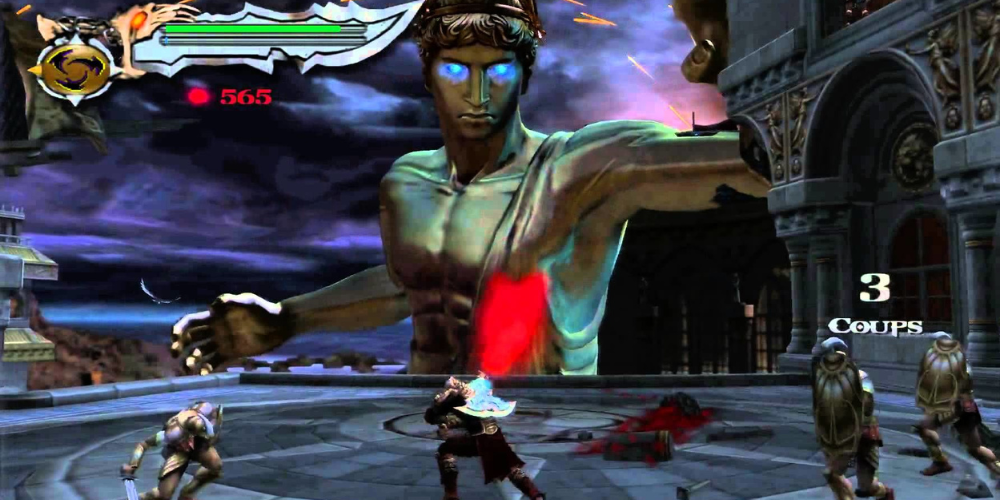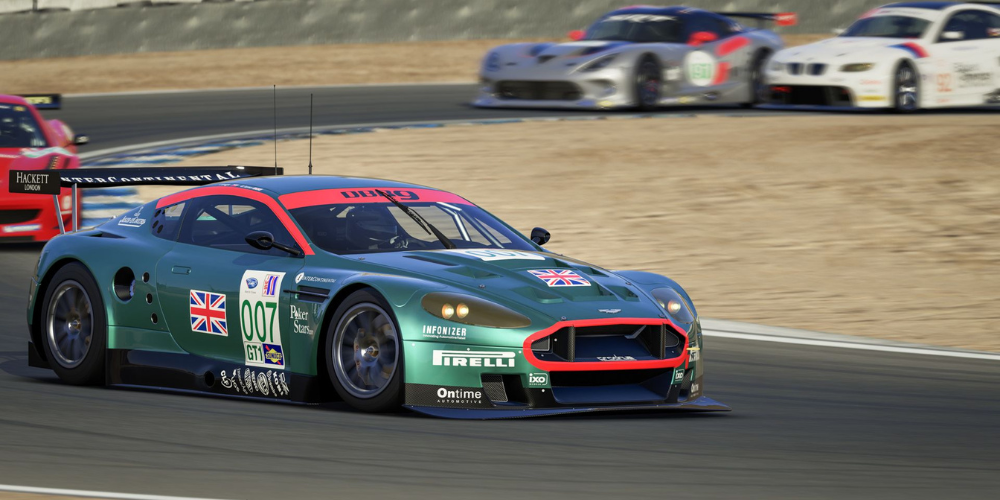Visual Evolution: A 20-year Retrospective on Console Graphics Development

The last two decades have witnessed an unprecedented leap in the field of video game graphics. This era of technological progress has reshaped the landscape of console gaming, propelling it to new heights of visual realism and environmental immersion. This article will explore the evolution of console graphics over the past 20 years, highlighting the dramatic changes and key milestones that have shaped the industry to what it is today.
The Dawn of the New Millennium: PlayStation 2 (2000)
PlayStation 2: Raising the Bar
Launched in 2000, the PlayStation 2 (PS2) revolutionized the gaming industry with its ground-breaking graphics processing unit (GPU), the 'Graphics Synthesizer'. This chip allowed for the rendering of high-quality 3D graphics at a smooth 60 frames per second, a feat previously unachievable on home consoles. Games like 'Final Fantasy X' and 'God of War showcased the PS2's graphical prowess, offering detailed character models and intricate environments.

The Power of the Sixth Generation: Xbox (2001)
Xbox: An Emphasis on Power
Microsoft entered the gaming industry with its Xbox console in 2001, boasting a powerful GPU that could handle complex 3D models and high-resolution textures. This was demonstrated in flagship titles like 'Halo: Combat Evolved', which offered a level of graphical detail and environmental complexity that surpassed other consoles of the time.
Seventh Generation Leap: PlayStation 3 and Xbox 360 (2005-2006)
PlayStation 3: A Quantum Leap in Realism
The PlayStation 3, released in 2006, represented a substantial leap in graphics technology. Sony's new console featured the high-performance 'RSX Reality Synthesizer' GPU, which is capable of rendering games in high-definition. This allowed titles like 'Uncharted: Drake's Fortune' and 'The Last of Us' to showcase unprecedented levels of realism, with highly detailed character models, realistic lighting effects, and complex environmental designs.

Xbox 360: Power and Performance
The Xbox 360, released a year prior to the PlayStation 3, also emphasized high-definition graphics. Microsoft's console featured the powerful 'Xenos' GPU, which enabled high-quality 3D rendering and advanced shader support. Games like 'Gears of War' and 'BioShock' were able to push the boundaries of visual realism, showcasing detailed character models, dynamic lighting, and complex environments.
The eighth iteration of gaming consoles encompasses the PlayStation 4 and Xbox One.
PlayStation 4: Emphasizing Visual Immersion
The PlayStation 4, launched in 2013, further pushed the boundaries of console graphics. Its advanced GPU, designed in collaboration with AMD, was capable of rendering highly detailed 3D models and supported advanced visual effects like real-time lighting and reflections. This leap in graphical fidelity was showcased in games like 'Uncharted 4: A Thief's End' and 'God of War', which featured incredibly detailed environments and characters, creating a level of immersion previously unattainable in console gaming.
Xbox One: A Focus on Consistent Performance
Also launched in 2013, the Xbox One prioritized consistent performance alongside graphical fidelity. Its GPU, also co-developed with AMD, was capable of rendering high-quality 3D graphics and supported advanced shader models. This allowed games like 'Forza Motorsport 5' and 'Halo 5: Guardians' to offer smooth gameplay without sacrificing visual quality.

The Ninth and Current Generation: PlayStation 5 and Xbox Series X (2020)
PlayStation 5: Redefining Realism
The PlayStation 5, launched in 2020, represents the cutting edge of console graphics technology. Its GPU, based on AMD's RDNA 2 architecture, can render games in 4K resolution and supports advanced visual effects like ray tracing. This has allowed games like 'Demon's Souls' and 'Ratchet & Clank: Rift Apart' to offer a level of graphical realism and immersion that rivals high-end PC gaming.
Xbox Series X: The Powerhouse of the Generation
The Xbox Series X, also launched in 2020, is Microsoft's most powerful console to date. Its GPU, also based on AMD's RDNA 2 architecture, is capable of rendering games in 4K resolution and supports advanced visual features like ray tracing and variable rate shading. This allows games like 'Halo Infinite' and 'Forza Horizon 5' to offer stunning visual fidelity and performance, pushing the boundaries of what's possible in console gaming. In conclusion, the evolution of console graphics over the past 20 years has been a journey of unprecedented progress and innovation. The leaps in graphical fidelity, from the PlayStation 2 to the current generation of consoles, have continually pushed the boundaries of visual realism and immersion, transforming the way we experience video games. As technology continues to advance, the future of console gaming holds even more exciting possibilities.
















